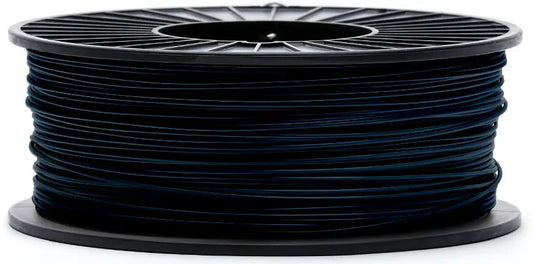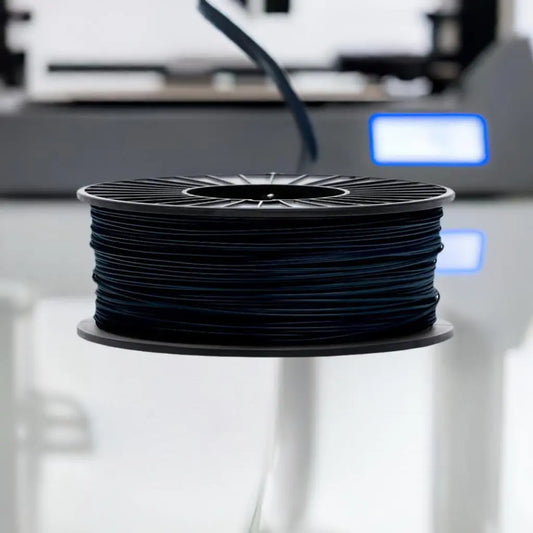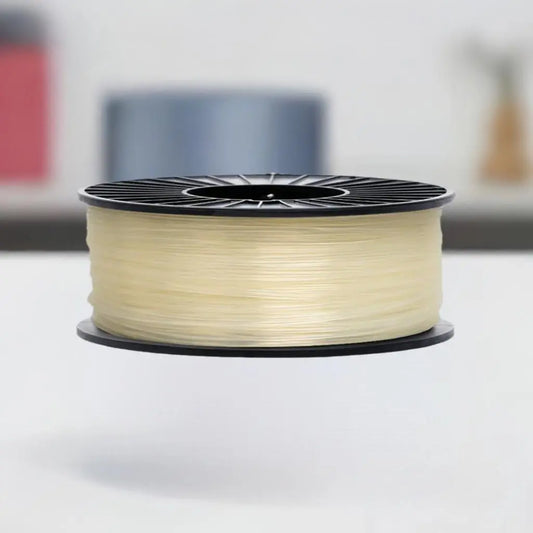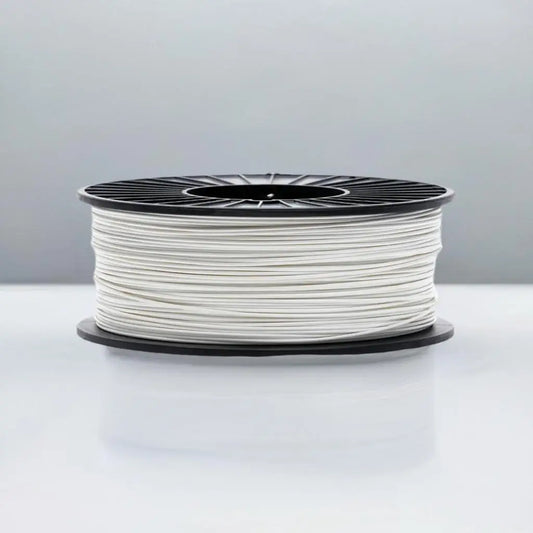Works as good as any other I've purchased and its from a 'local' company so its well worth it.
I've been using COEX filament for many years and have visited their plant twice. Very friendly and welcoming. The quality has always been consistent and reliable. The Mystery PLA spools are a great bargain. Sometimes interesting colors, sometimes bland but useful for prototypes. Grab these especially when they are on sale - you will not be disappointed.
UV reactive and just adorbz. i love this material. everything i make with it gets compliments. its the bees knees






